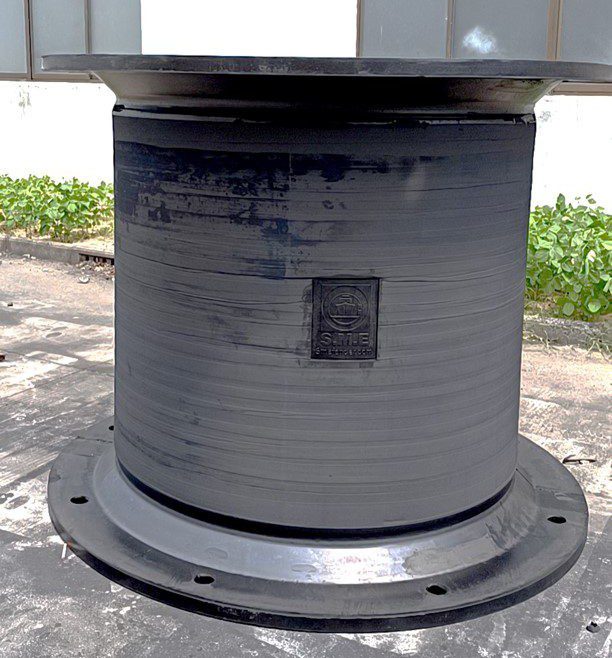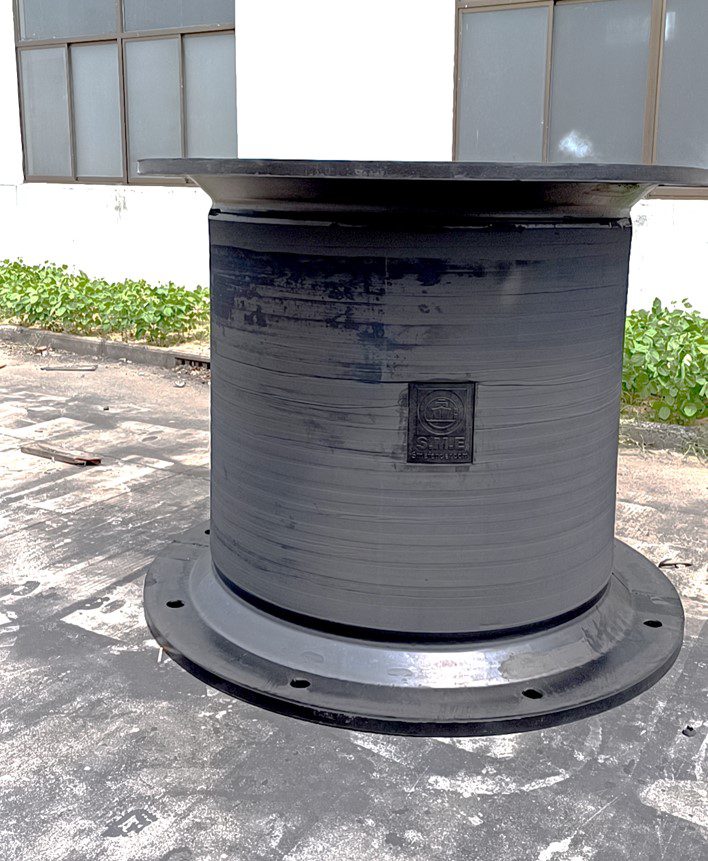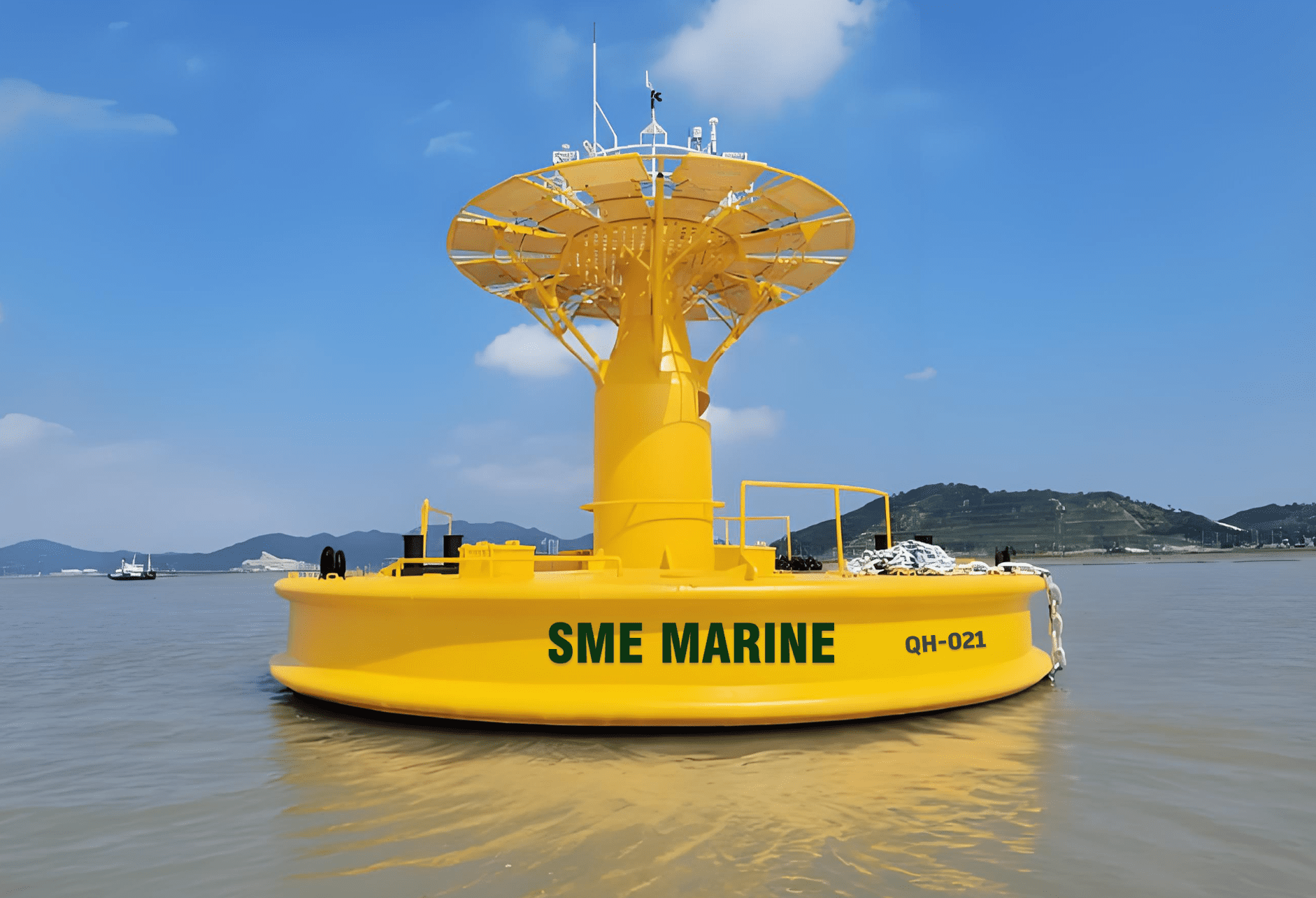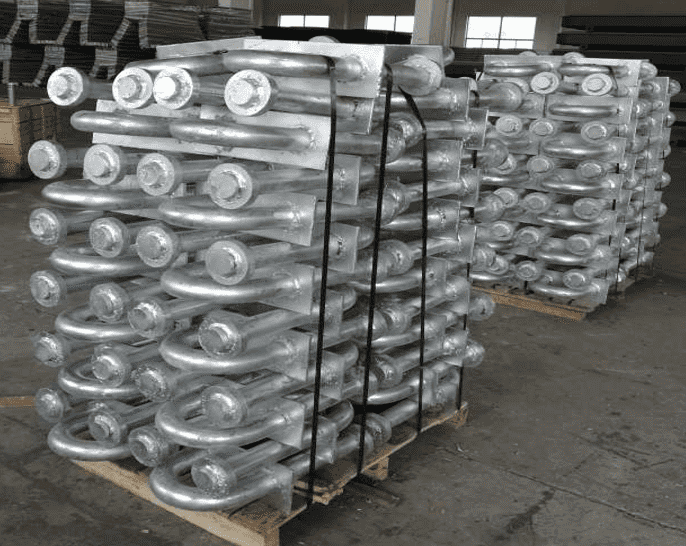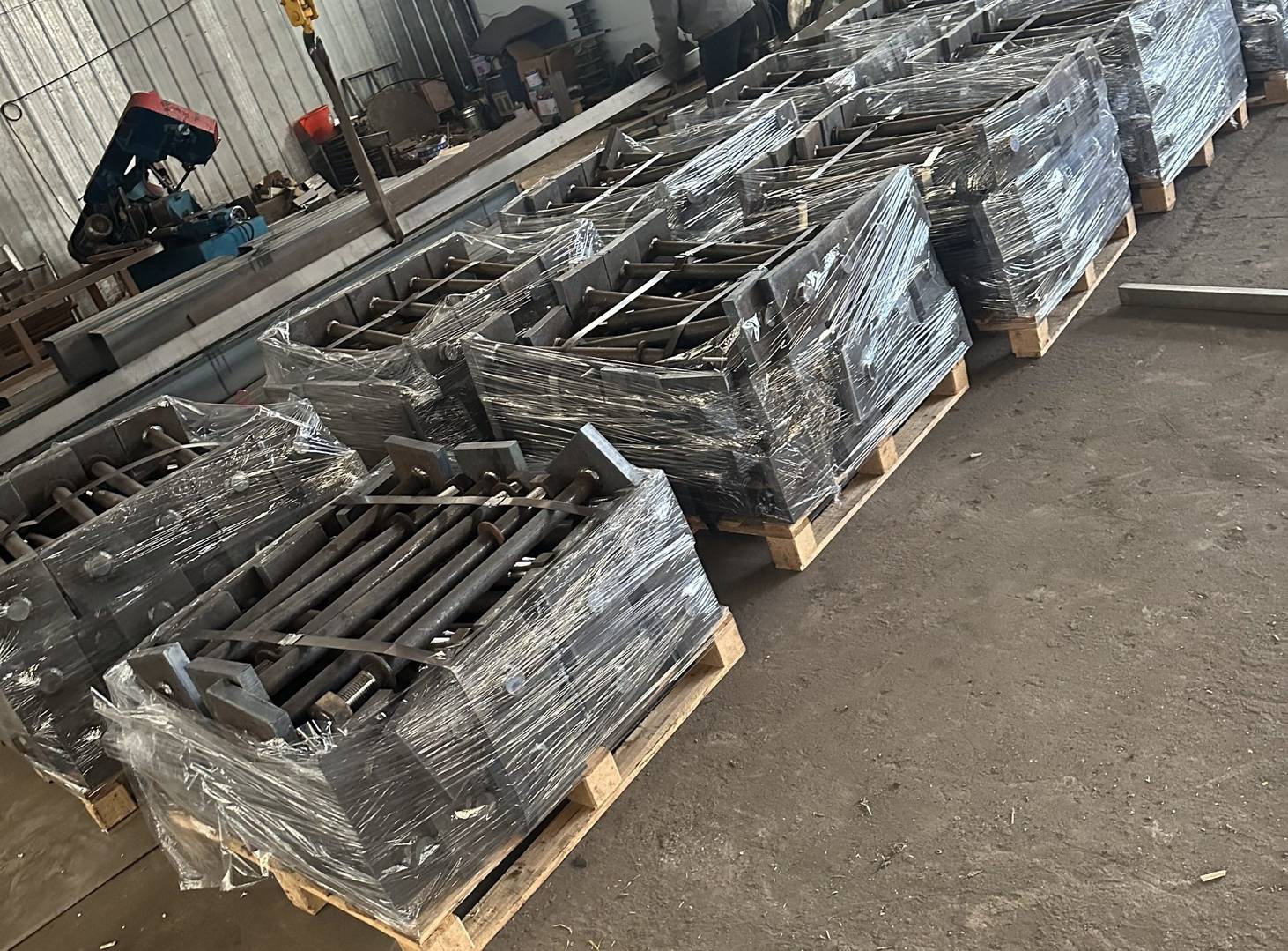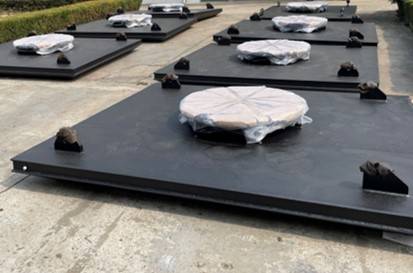Cell Fender Systems – Superior Shear Resistance & Reliable Protection
The range of Cell Fender Series specifications we are capable of producing encompasses:
Cell 400, Cell 500, Cell 600, Cell 800, Cell 1000, Cell 1150, Cell 1250, Cell 1450, Cell 1600, Cell 1700, Cell 2000, Cell 2250, Cell 2500, Cell 3000.

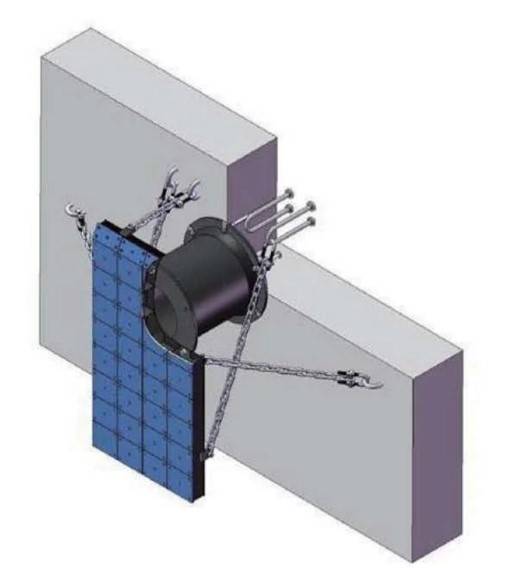
The Super Cell fender systems are designed to provide robust protection for vessels and berth infrastructure in ports and shipyards. Engineered to efficiently disperse both normal and shear stresses, they ensure reliable performance even under complex loading conditions and significant shear forces.
These advanced dock protection assemblies absorb more energy than traditional fenders under the same impact, reducing potential damage to both the vessel and berth. The large steel frame distributes impact pressure over a wider area, while UHMW-PE components significantly reduce shear stress during berthing. This design protects the vessel’s hull and the protective elements, minimizing wear and prolonging service life.
The Cell fender system is a complete assembly comprising the main body, front panel, face pads, weight chains, shear chains, and anchoring system. Optimal performance relies on the seamless collaboration of all components, allowing efficient energy absorption while maintaining high shear resistance.
SME emphasizes quality control for every component, ensuring the overall excellence of the marine protection solution. All procedures follow the PIANC Guidelines for the Design of Dock Protection Systems, guaranteeing durability, safety, and international compliance.
Proven in practice
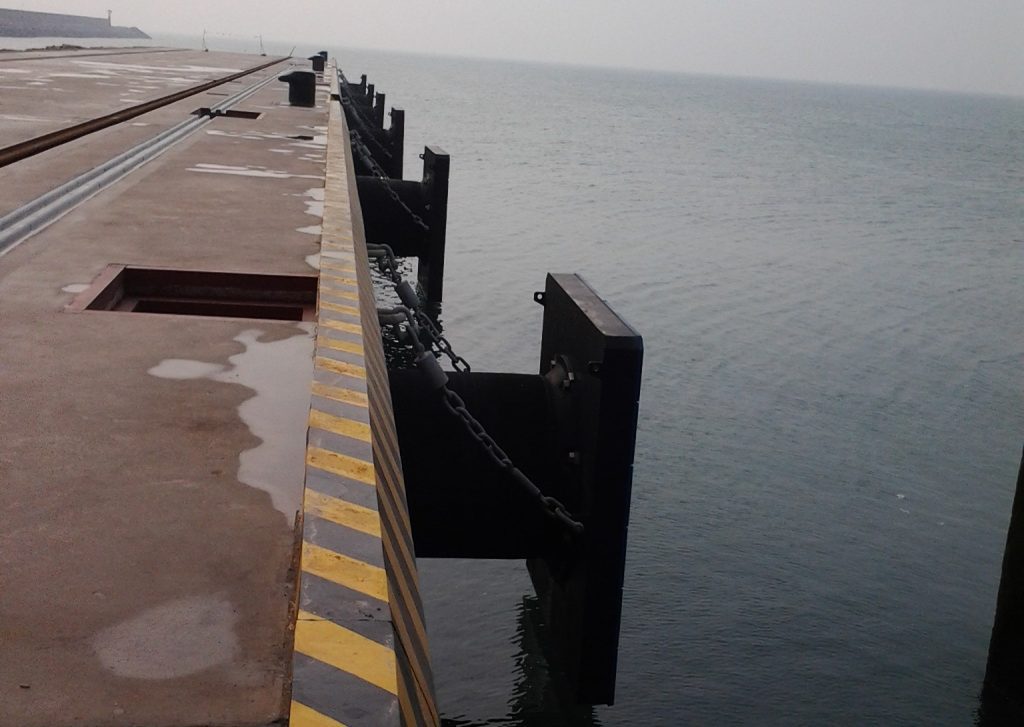
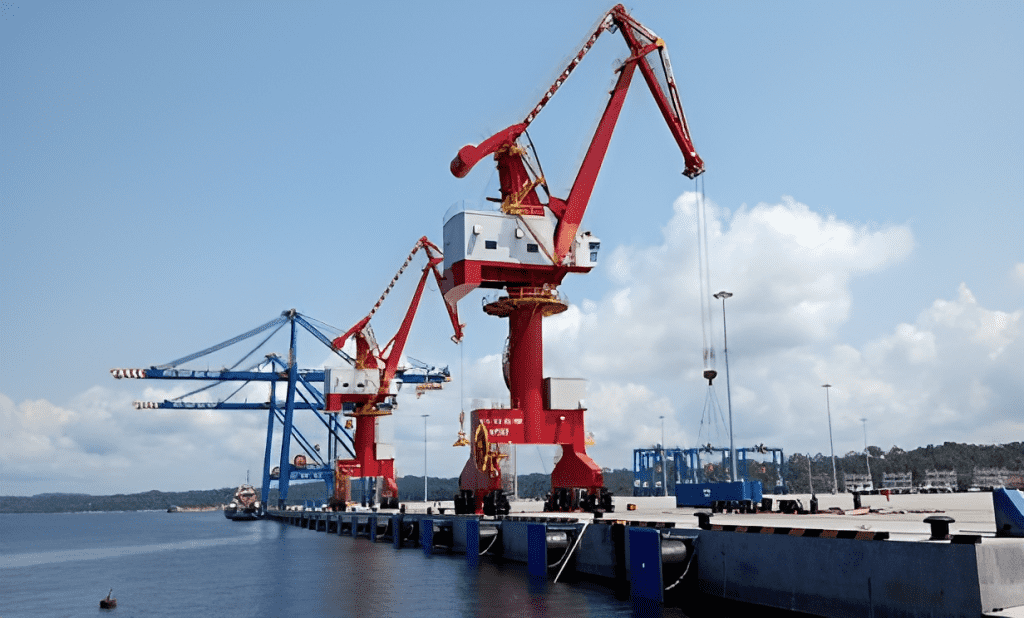
Cone Fender vs Cell Fender: Which One is Better for Your Dock?
When it comes to protecting port structures and vessels during berthing, choosing the right fender system is critical. Among the many types available today, Cone Fenders and Cell Fenders are the two most common fixed fender systems used in ports, terminals, and offshore berths.
Although both provide excellent energy absorption and structural reliability, they differ in design, performance, and cost. This article compares Cone Fender vs Cell Fender to help you determine which option best fits your dock conditions.
1. What Are Cell Fenders?
Cell Fenders are cylindrical, hollow rubber units that deform under compression to absorb berthing energy.
They are usually installed with a frontal steel panel and UHMW-PE pads, ensuring even pressure distribution on the vessel hull.
Key Advantages:
Proven design with decades of use worldwide
High energy absorption with low reaction force
Easy to install and maintain
Modular components — easy to replace damaged parts
Typical Applications:
Bulk terminals, container berths, Ro-Ro ramps, and general cargo docks.
2. What Are Cone Fenders?
Cone Fenders are the latest evolution of the cell fender design.
Their conical shape provides greater deflection, stability, and energy efficiency under heavy or angular loads.
They are often used in modern, high-capacity berths where space and performance are critical.
Key Advantages:
Up to 25–30% higher energy absorption compared to traditional cell fenders
More stable under angular berthing (up to 10°–15°)
Compact design, saving installation space
Long service life and resistance to shear forces
Typical Applications:
Container terminals, oil and LNG jetties, offshore platforms, and high-energy berths.
3. Performance Comparison: Cone vs Cell Fender
| Feature | Cell Fender | Cone Fender | Which Performs Better |
| Energy Absorption | High | Very High | ✅ Cone Fender |
| Reaction Force | Low | Very Low | Tie |
| Angular Performance | Moderate | Excellent | ✅ Cone Fender |
| Durability | Proven & reliable | Long-lasting (improved design) | Slight Edge: Cone |
| Ease of Maintenance | Easy (modular parts) | Moderate | ✅ Cell Fender |
| Installation Cost | Lower | Slightly higher | Depends on project |
| Overall Efficiency | Good | Excellent | ✅ Cone Fender |
4. Choosing the Right Fender for Your Dock
Selecting between a cone and a cell fender depends on your operational conditions:
Vessel Size: Larger vessels → Cone Fender recommended
Berthing Energy: High impact or high frequency → Cone Fender
Tidal Range / Water Depth: Either works well with frontal frames
Maintenance Preference: If frequent replacement is expected → Cell Fender
Budget: Cell Fenders offer lower initial cost, Cone Fenders offer better long-term value
If your port handles large vessels (tankers, container ships, or LNG carriers), a Cone Fender system is often the best investment due to its superior energy efficiency and reduced footprint.
5. Cost and Longevity
While Cone Fenders are generally more expensive upfront, they deliver better performance per unit size and longer lifespan under demanding marine conditions.
Over a 20-year service life, the total ownership cost of Cone Fenders is often lower, especially when maintenance and replacement frequency are considered.
6. Conclusion: Which Fender Is Better?
Both Cell and Cone Fenders are reliable, durable, and trusted in global ports.
However, if your dock requires high energy absorption, space efficiency, and long-term performance, the Cone Fender is the smarter choice.
For standard berths with frequent but moderate berthing energy, Cell Fenders remain a cost-effective and proven solution.
7. Expert Fender Solutions from SME
SME provides customized Cone and Cell Fender systems for ports, terminals, and offshore facilities worldwide.
Our engineering team designs each system to meet PIANC standards, ensuring maximum safety and performance for every berthing condition.
📧 Contact us: smefender@gmail.com
🌐 Learn more: www.smefender.com

